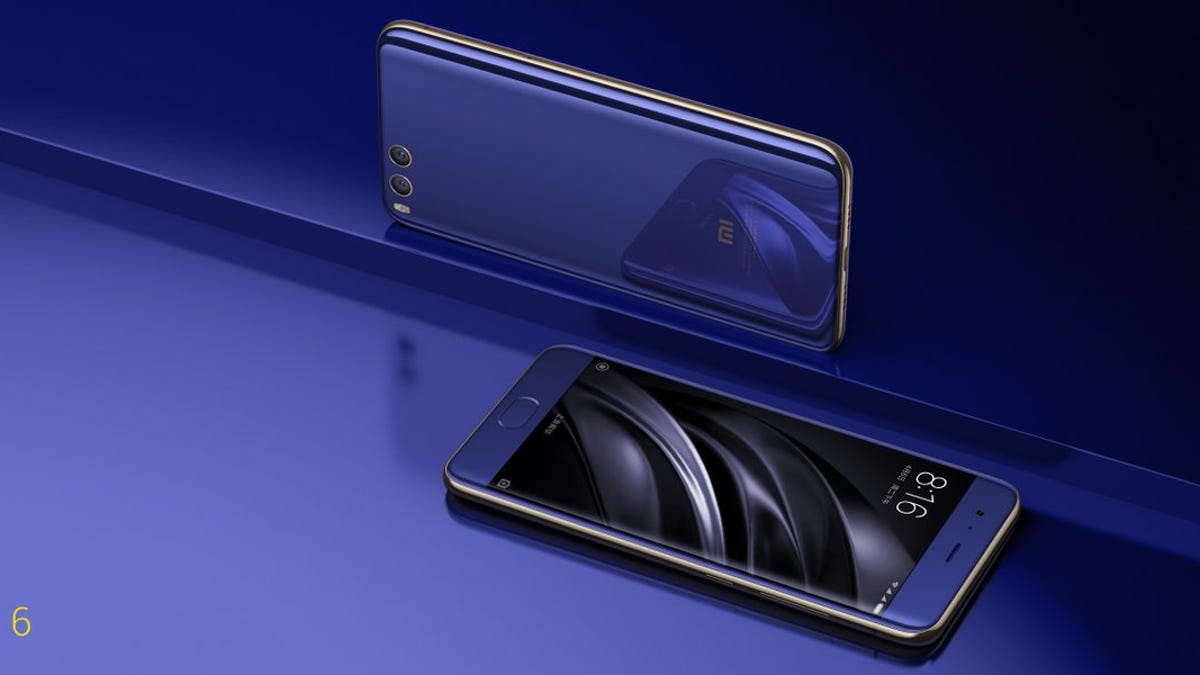Xiaomi's guardian angel is India
The company is now the second biggest smartphone brand in India, behind only Samsung.
The past year has seen
Xiaomi
fall from grace in its homeland of China, dropping from the top spot at the end of 2015 to just making the top 5 in 2016. But the company is now back to making a splash -- only this time, it's in India.
Xiaomi scored a valuable silver medal over the weekend, with Counterpoint Research showing the company to be the second highest selling smartphone brand in India, behind only Samsung .
That's a growth of 200 percent from the year prior, according to Counterpoint Research analyst Tarun Pathak. "India has come to Xiaomi's rescue by adding an extra couple of million units to its quarterly numbers," he said.
"India is the most important and the largest market for Xiaomi outside of China," Manu Jain, managing director of Xiaomi India, said to CNET in a statement.
Far removed though they may be, China and India are now the superpowers of the smartphone world. Smartphone shipments are up 4.3 percent in Q1 of this year, according to IDC Research, and almost all of that can be credited to Chinese brands Huawei, Oppo and Vivo. Meanwhile, India's phone sales have eclipsed that of the US, with the former having hundreds of millions on the cusp of upgrading from feature-style phones to smartphones, and the latter having a smartphone penetration of over 80 percent.
Xiaomi is leaning in, busting out several initiatives to boost its profile in India. Managing Director Jain credited the company's success to two elements:
- It localised a bunch of features on its Android-based MIUI operating system, including Dual WhatsApp , which lets you use two SIM numbers in the same WhatsApp profile, and Copy OTP, which copies one-time passwords frequently used in digital wallet apps that have become key in India after much of the country's physical currency was discontinued.
- It started manufacturing its phones in India with Foxconn -- he says the company's two plans can make one smartphone per second. This allows the company to take advantage of Indian Prime Minister Narendra Modi's Make in India, a tax incentive for manufacturing goods within the country.
Still, it's too early for Xiaomi to soak in a victory lap. Oppo and Vivo, the same competitors to displace it in China, are hot on its heels in India. Xiaomi owned 13 percent of the market in Q1, while Vivo and Oppo took 12 and 10 percent respectively.
Most of Xiaomi's phone sales in India come from its sub-$150 Redmi line, said Counterpoint's Pathak. But Indians are opening up to spending more on their phones, with most of the growth last quarter coming from devices costing between $230-300. That's more expensive than Xiaomi's budget offerings, but not enough to buy the company's new Mi 6, which starts at around $365.
"When are you coming to the US" is the question that constantly surrounds Xiaomi, to which the current answer is, "around 2019." But the tricks the company used to sell hundreds of millions of phones in China are working so far in India. When it comes to western expansion, it seems Xiaomi actually does have some bigger fish to fry.
Batteries Not Included: The CNET team shares experiences that remind us why tech stuff is cool.
CNET Magazine: Check out a sampling of the stories you'll find in CNET's newsstand edition.


